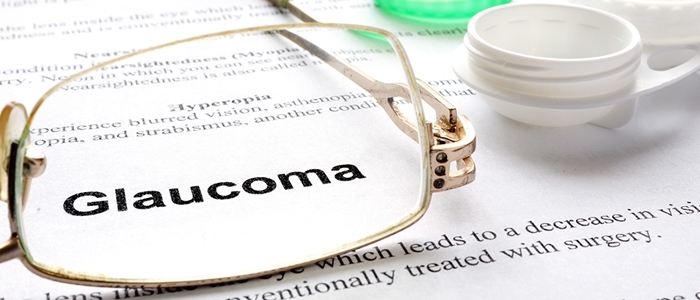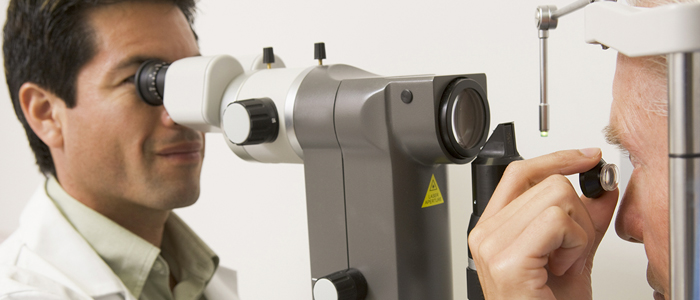
Glaucoma is no laughing matter. As a group of diseases that can cause damage to the optic nerve, glaucoma can be responsible for irreversible vision loss. Tragically, glaucoma is believed to be the leading cause of blindness across the world. While there are certain factors that can precipitate glaucoma, the good news is lifestyle can play a more important role than we may even realise.
First and foremost, regular check-ups are essential. The sad news is that many forms of glaucoma can go undetected until it is too late. For instance, primary open angle glaucoma is the most common form of glaucoma and has no warning signs. Due to the gradually progressive nature of the disease one may not notice any changes in one’s vision until it reaches an advanced stage.
Genetics may play a part, so be forewarned and forearmed with that family tree. Evidence shows that elevated intraocular pressure (IOP), a family history of glaucoma, advancing age, non-Caucasian ethnicity and systemic illnesses such as diabetes and hypertension are strong risk factors for developing glaucoma.
Do sweat the small stuff.
IOP can be influenced by a number of lifestyle factors to which we are often oblivious. An increase in IOP could result from certain activities which increases your overall blood pressure. A tie worn too tight or even drinking a cup of coffee can increase IOP. The good news is that this increase is temporary and IOP returns to normal if we put these bad habits to rest.Talk to your trainers. Know your body. Even though patients are generally encouraged to live active lifestyles, specific activities such as lifting heavy weights and push-ups, increase the IOP and should therefore be avoided by patients with glaucoma. Even yoga positions could drastically increase the IOP – typically the inverted poses, with the greatest increase of pressure occurring during the downward facing dog position. So if you do lead an active lifestyle, be sure that you know your own limitations and that your personal trainer is well-informed.

You are what you eat. Prostaglandins, which are lipid compounds with hormone-like effects, form part of our dietary fat intake, and could increase the IOP. On the other hand, some studies show that a diet rich in Omega 3 fats, which are also said to be beneficial to our systemic health and the retina, may reduce the risk of glaucoma.Keep a wary eye on those insulin levels. It is known that one’s IOP rises when blood pressure and insulin levels increase. As time goes by, this can lead to insulin resistance, which is common in people with diabetes. In an attempt to avoid this, a dietary intake of limited amounts of sugar, breads, pasta, rice, cereal and potatoes, combined with regular exercise, is an effective way of lowering insulin levels, thereby reducing the risk of diabetes and, in effect, glaucoma.
Early detection is key.
When it comes to minimizing optic nerve damage and preventing vision loss, there is no time like the present. It is therefore essential to go to a qualified optometrist or ophthalmologist for regular eye examinations. Once glaucoma is diagnosed, you and your doctor can work together on a strategy plan. But remember, doc’s orders are essential to the health and safety of your body and more specifically, your vision!
Date Published: 23 March 2016